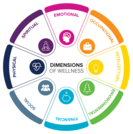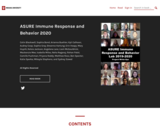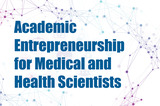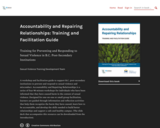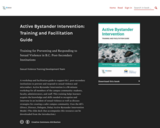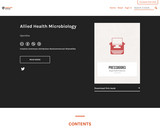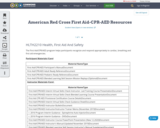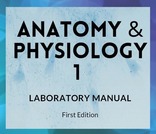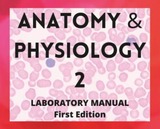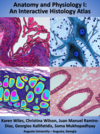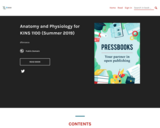
Short Description:
The aim of this compendium is to provide nurse educators with an easily accessible collection of 25 resources designed to support student learning, particularly within nursing programs.
Long Description:
The aim of this compendium is to provide nurse educators with an easily accessible collection of OER designed to support student learning, particularly within nursing programs.
A search of the Pressbooks directory was undertaken to identify resources for potential inclusion in this compendium. These resources were filtered according to the following inclusion criteria: nursing authorship; North American; published after 2015; and intended for nursing students. Materials were excluded if they were identified as self-published books or were not openly licensed.
This resulted in a total of 25 resources that address areas inclusive of, but not limited to, health assessment, nursing leadership and management, foundational nursing practice skills, and the care of special populations.
The compendium is presented as a tabulation of key elements for each of the 25 resources, adapted from the Faculty Guide for Evaluating Open Education Resources. Five key elements are described relative to the criteria of credibility (i.e., authorship, publisher, year of most recent update), relevance (i.e., title of the open textbook, aim, intended audience, topical foci), accessibility/interactivity (i.e., figure and tables, videos, review questions, total interactive H5P activities), and licensing (i.e., availability for use with attribution).
Users of this compendium are encouraged to consider each of the tabulated elements (e.g. credibility, relevance, accessibility/interactivity, and licensing) to determine the merit of directly accessing a resource for potential inclusion as a supplement in a nursing course.
Word Count: 4284
(Note: This resource's metadata has been created automatically by reformatting and/or combining the information that the author initially provided as part of a bulk import process.)
- Subject:
- Applied Science
- Health, Medicine and Nursing
- Material Type:
- Textbook
- Provider:
- Cambrian College
- Date Added:
- 03/03/2023
